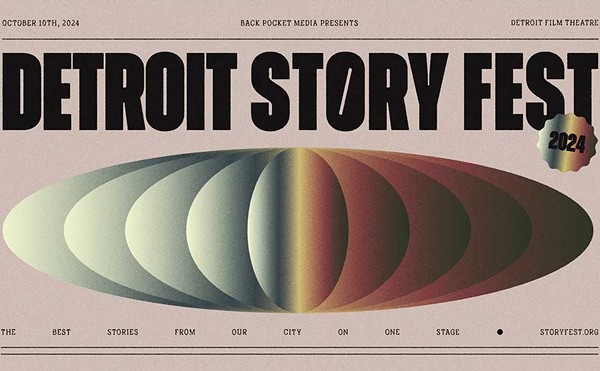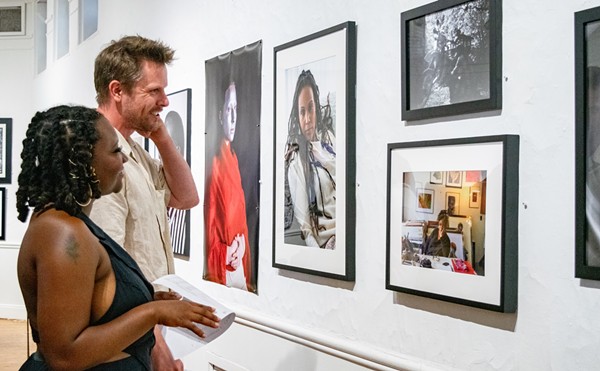What form would the monsters of your mind take, and would they look much different from your reality? They would if Federico Fellini directed them, with his signature id, fashion- and commotion-propelled cinema. And standing true to his characteristic love of eccentricities and performance is Juliet of the Spirits (1965).
Fellini’s first color film features his favorite heroine, muse and wife, Giulietta Masina, a woman gifted with the ability to perform a three-ring circus on her face — and like most of Masina’s other characters in her husband’s films, Juliet is an extension of her own personality.
Expecting to quietly surprise her businessman husband, Giorgio, with an intimate anniversary dinner, she’s engulfed by a cacophonous menagerie of overbearing Technicolor personalities, because Giorgio has forgotten the date. The spirits speak to Juliet (along with her friends and fears) of her husband’s infidelity, and all of them consume and comfort her. She’s a simple-hearted martyr in the midst of imagery both horrific and bizarre: séances, freaks of fashion and fantasy, and Bishma, (Valeska Gert) a man-woman clairvoyant with secrets and an understanding of the healing wonders of sangria.
In Juliet, color is a language in itself and fulfills Fellini’s intention to turn a film into a “dazzling harlequin.” The characters wear an array of costumes that look as if someone threw the fashions from the last 500 years into a blender, then spit them out with Van Gogh’s sense of color and Calder’s visual balance. It all results in an absurd yet totally acceptable reality.
In Felliniland, going to the beach isn’t just a Speedo and a bucket of sand — it’s walking through a pine forest until you reach the edge of the earth where worlds come together in an entourage of rich red canopies, yellow bikinis, talk of paranormal strange voices and making love — “Nothing’s better against toothaches and ghosts.”
The “transparency of reality” is captured, making it impossible to distinguish the metaphors of Juliet’s psyche from her physical existence. It is fused together by Fellini with visions of burning saints and an identifiable Nino Rota soundtrack of eerie organ and lazy clarinet morphing from exotic Euro-lounge to a carousel ride gone just a little off.
After bombarding all our senses, Fellini leaves us with a moment of peace, a smile, a walk and a question running through our minds like a kid at a carnival: Does our state of mind create our world, or does our world create our state of mind?
Showing exclusively at the Detroit Film Theatre (inside the DIA, 5200 Woodward Ave., Detroit), Monday at 7:30 p.m. Call 313-833-3237.
Anita Schmaltz writes about the arts for Metro Times. Send comments to [email protected].





